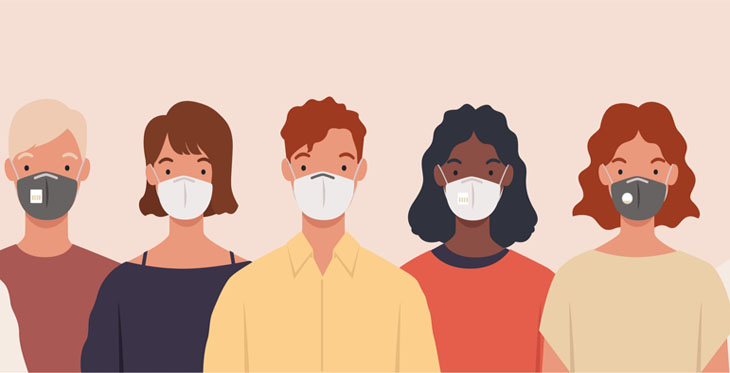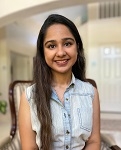The COVID-19 pandemic has completely transformed our world in a matter of a few months. Issues that have prevailed for years like healthcare access disparity, have become exacerbated even though agencies have put forth their best efforts to mitigate the effects.
Carol Lewis, a manager for community health education (CHE), has experienced the effects of this inequality firsthand in Yavapai County. Yavapai county is a county in central Arizona with approximately 235,100 inhabitants of which about 46,000 live in its largest city of Prescott Valley. It’s population is spread over 8,128 square miles leading to a population density of about 26 people per square mile.
As Arizona quickly became one of the epicenters for Corona outbreaks, I had the prvilege to ask Ms. Lewis a few questions about her perspective on the pandemic and its impact on the rural communities she serves.
 She reiterated the fact that rural areas have had limited resources and access to healthcare even before COVID, and the pandemic has really led to a strain especially since more rural testing is needed given testing centers remain concentrated in urban areas. However, there has been a shift within the CHE department to focus more the community directly to relieve some of the stress. For example, early on they realized they needed to reach out to their senior population and did so by creating and distributing Senior Wellness Kits (containing toilet paper, tissues, snacks, other resources around the community). With the success of the Senior Wellness kits they have also begun to create youth care packages.
She reiterated the fact that rural areas have had limited resources and access to healthcare even before COVID, and the pandemic has really led to a strain especially since more rural testing is needed given testing centers remain concentrated in urban areas. However, there has been a shift within the CHE department to focus more the community directly to relieve some of the stress. For example, early on they realized they needed to reach out to their senior population and did so by creating and distributing Senior Wellness Kits (containing toilet paper, tissues, snacks, other resources around the community). With the success of the Senior Wellness kits they have also begun to create youth care packages.As the pandemic drags on I asked Ms. Lewis, as a healthcare professional on the frontlines taking many phone calls from the alarmed community, what was her perspective on the media’s portrayal of the pandemic? She explained that the media’s mixed portrayal of the pandemic’s severity has confused many people, “They hear from the CDC the importance of social isolation and masks and then hear from the governor that each city/town is responsible for deciding if masks should be used. Social media, especially Facebook, does not help. Many of the calls we receive [are of ‘I read on Facebook’ type]. It is a challenge to tell community members what the difference between reliable [and not reliable] information is.”

